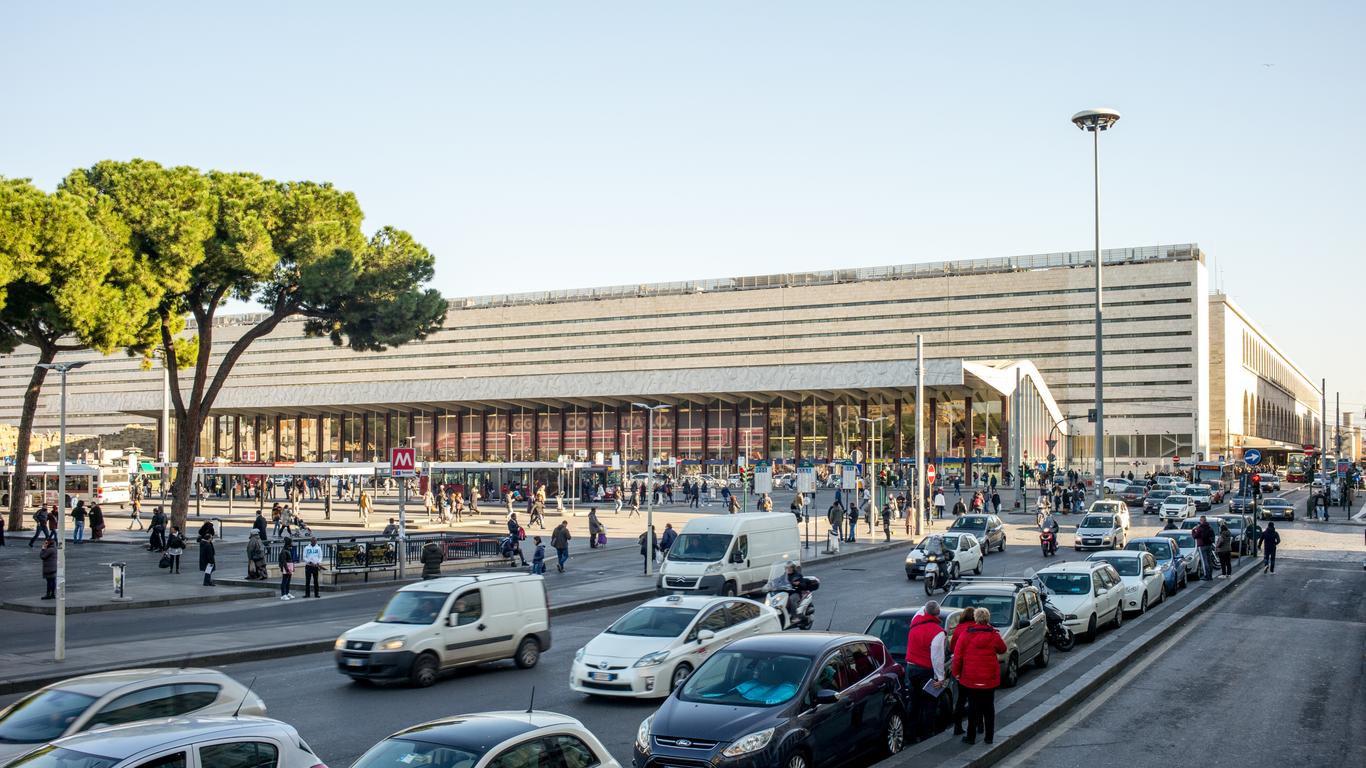Perched on one of the renowned Seven Hills of Rome, the Esquilino district digs deep into the city’s history, as one of its original neighbourhoods. Once a benign hilly suburb, it now bubbles with ethnic charm and multicultural energy, reflecting a gritty contemporary melting pot of immigrants, artists, intellectuals and innovators.
Life in Esquilino centres on Piazza Vittoria, home to both ancient ruins and a burgeoning immigrant presence, creating a lively enclave of eclectic cuisine, boutique clothing, music and cultural arts. Small shops, cafes and pubs line the streets and alleyways around the piazza, and the Piazza Vittoria market overflows with handmade crafts, fresh produce and ethnic food stalls. It’s within easy walking distance to Ancient Rome and Monti for sightseeing and traditional Italian culture.
With Rome’s main Termini train station and bus hubs taking up a large portion of Esquilino, it’s one of the easiest neighbourhoods for public transportation both within the district and for connecting to all of Rome via the metro. The rectangular-shaped Esquilino neighbourhood flows from the Termini train station in a south-east direction, sloping downward along Via Merulana. Its north-west entrance is Piazza di Santa Maria Maggiore, and the ancient Aurelian wall runs east to west along the southern edge.
The majestic 4th century Basilica di Santa Maria Maggiore elevates the Esquilino region to historical prominence as one of the five important ancient basilicas of Rome. Legends abound, including the hill’s former occupation by a temple dedicated to the goddess Cybele. Pope Liberius then reportedly rechristened the now-sacred land after an apparition of the Blessed Virgin Mary instructed him to build the basilica there, and a subsequent floorplan appeared in a blanket of unexpected overnight snow.





